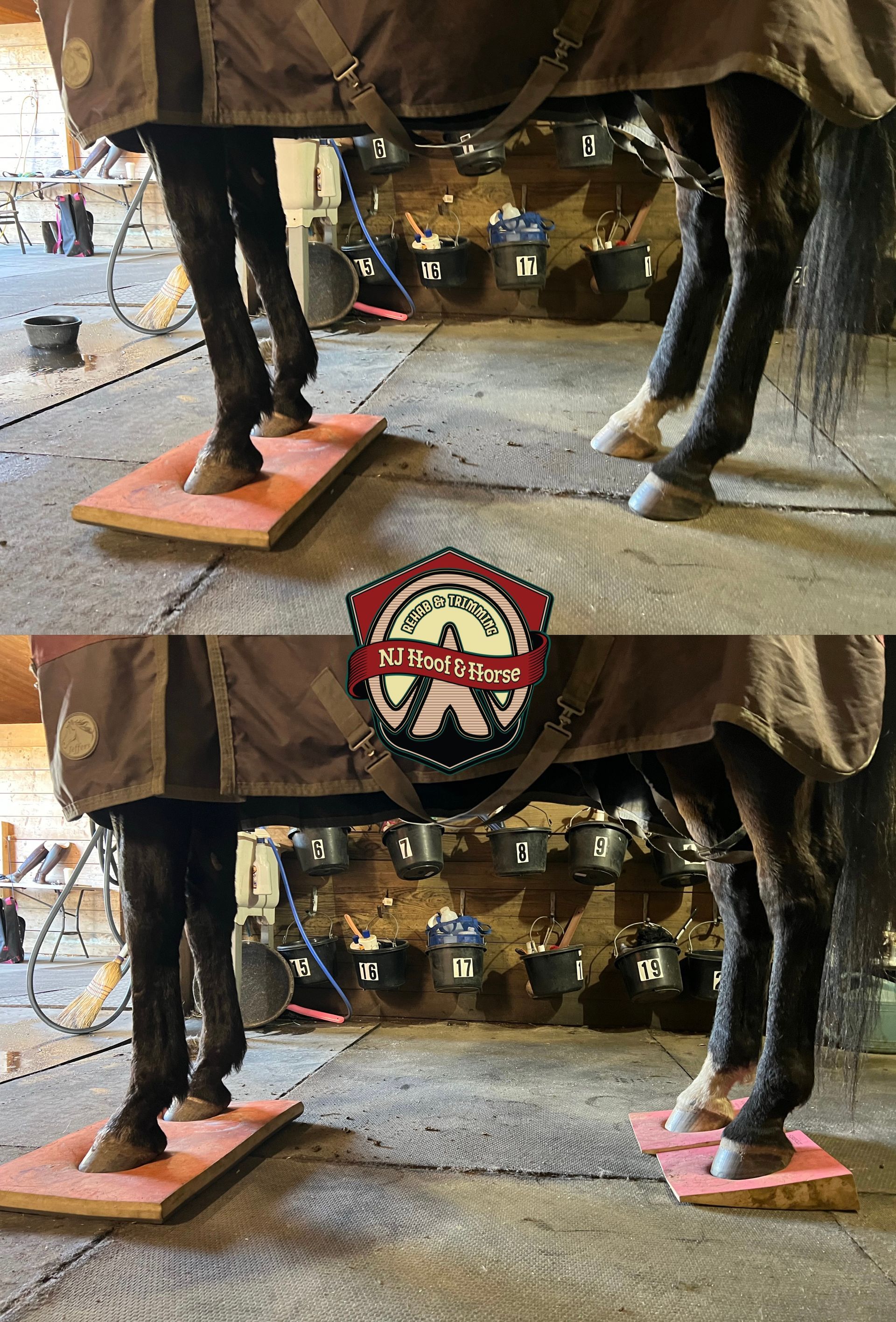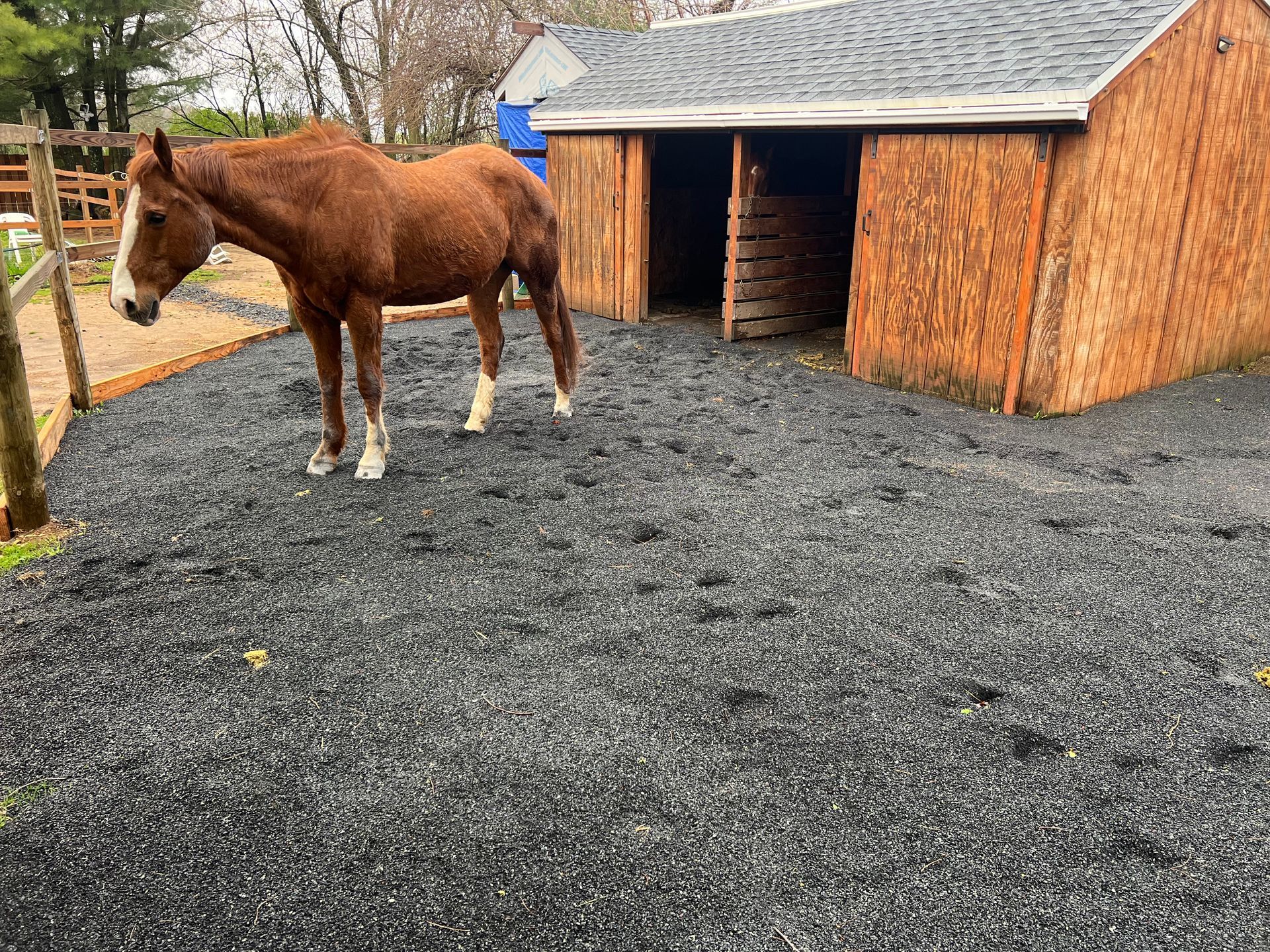What purpose do the bars serve?
One Minute Discussions #23
Discussing Natural Hoof & Horse Care
WHAT PURPOSE DO THE BARS SERVE?
What are the bars? What purpose do they serve? Huge rabbit hole that can’t be explained in one little post but from the dissection you can see the similarity in the hoof wall lamina and the bar lamina (image 1). This proves that the bars are a continuation of the hoof wall since the wall material curves around into the bar area (image 2 & 3). Now it’s logical to think of questions such as: Should the bars be trimmed in according to the wall? Should they be a specific length? Or do we simply carve them out?
The bars are there at the bottom of the foot for a reason, so they should be loaded either way. The amount of load depends on the health of the foot and the type of terrain. Interesting to find out what hoof care providers think about this!
Denys A.

